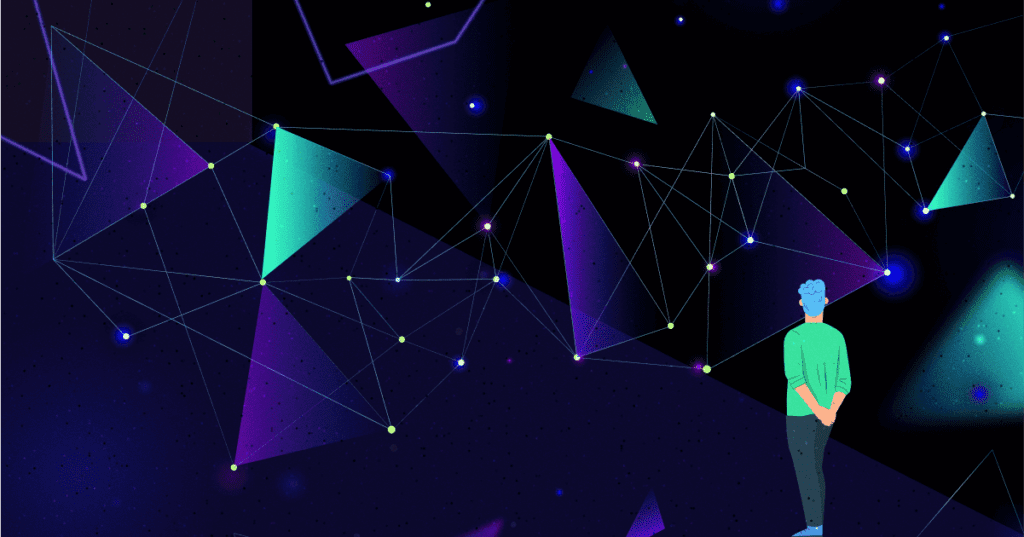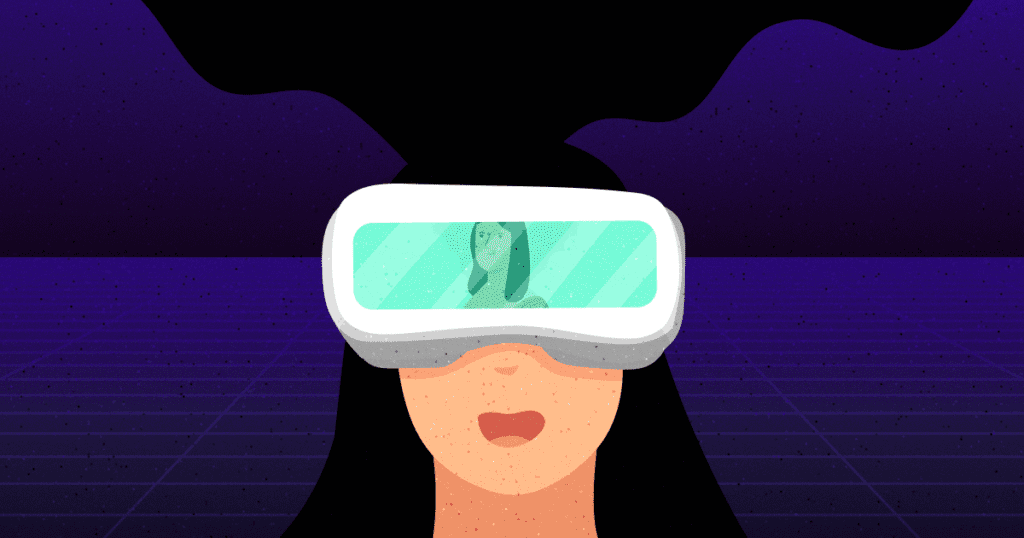If you’ve ever seen a movie at an IMAX theater (Dune Part 2, anyone?), you know the intensity that characterizes the experience, and how powerful and memorable something so visually immersive has the potential to be. Have you ever considered what could happen if other kinds of organizations and outlets put this principle into play?
Lately, galleries and museums have been doing just that, and giving patrons the opportunity for more immersive digital and in-person experiences. It has been abundantly present through their websites, and informs venue-based exhibits as well. When these kinds of institutions use technological innovation to connect people with knowledge in this way, it makes them more memorable, draws more visitors, and promotes overall engagement.
This power to engage is one of the most intriguing components of this type of gallery and museum design, especially on a digital level. While most people spend very little time on a given website, these sorts of platforms tend to keep people online for a longer time period, and encourage them to spend it learning, engaging, and exploring. This has an effect on the kinds of exhibits people visit offline as well—drawing them in by promising compelling in-person interactivity. See for yourself: here’s a look at recent examples of this kind of ingenuity in gallery and museum website design, and why it is so effective.
Enlightening Audiences through Deep Engagement
When museums and galleries opt for this more experiential approach, they create space for flexible, adaptable, and multifaceted engagement. Oftentimes, you’ll see this in the form of microsites that represent certain exhibits, events, and occasions. And because this type of design is not just for art, but also for history, science, and pop culture, its patterns and principles transcend entertainment—they’re also educational and inspiring.

An award-winning—not to mention fun—example of this is the Adobe X Bowie Bowie’s Dressing Room experience. This microsite is interactive, setting up a gameplay mode to allow people to learn more about David Bowie’s life, music, and influence. Beautiful design paired with fluid usability made this an awe-inspiring way to almost interact with the legend himself.
Another award-winner worth exploring is Brown Revisited, which is more focused on historical reconstruction. It features journalism, historic records, audio, photography, and other elements to bring viewers into the timeline of the oral arguments and opinion from Brown v. Board of Education. Using both human actors and artificial intelligence (AI) to recreate this moment, it adds an undertone of emotion to the legal and journalistic elements, making this landmark of public education all the more real.
Bringing Immersive Design to Life
When this approach to immersive design is applied to in-person exhibits, the effect is similar—they become more real and therefore more memorable. There have been several recent, popular such exhibits: for instance, maybe your city has been a stop for the Van Gogh immersive experience. Another current exhibit by Artechouse and the Society for Neuroscience, Life of a Neuron, brings together 3D modeling, interactive artwork, and scientific data to make neuroscience more accessible and tangible. This unique combination of art and science stands out thanks to its innovative nature, and both fascinates and educates visitors.
A different format that brings together multiple immersive features is in the Smithsonian Natural History Museum’s Koch Hall of Fossils. Its Deep Time exhibit is a fossil-centric walk-through that implements an app connection to teach people as they explore. This, along with interactive in-person elements, builds a storytelling experience that connects Earth’s distant past to the present time and humanity’s future. The impact is in showing how natural history is relevant to everyone—placing modern humans almost directly within its context.
The Future of Gallery and Museum Websites
The future of exhibits is incredibly exciting as advancements in AI and augmented reality (AR) become more user-friendly and widespread. These technologies unlock new creative possibilities, pushing exhibits into innovative and captivating directions.

This has, of course, already started in some more forward-thinking spaces. Back in 2021, the Metropolitan Museum of Art partnered with Verizon for Unframed, a series of virtual art and gaming experiences based on the Met’s collections. It gave people the chance to use AR technology to explore digitally rendered galleries and interact with famous pieces from home. The Louvre’s take on this type of exhibit, Mona Lisa: Behind the Glass, used infrared and X-ray scanning and virtual reality (VR) to create a 3D model of the renowned painting that actually moved and interacted with people. This feature allowed people to learn more about the historical context and story behind the Mona Lisa, something that can be difficult with the typical crowded viewing experience.
As these kinds of tools evolve and progress, imagine how the use of AR, VR, and AI could enhance interactive websites and digital exhibits. Improving digital access to gallery and museum collections with AI-powered search, filter, and tagging options is one possibility. Full virtual tours could become more detailed, realistic, and easily accessible. There are plenty of possibilities, not to mention advantages: digital museum and gallery experiences can go deeper in the information and history that they share, and utilize more intensive technology in doing so. And that, of course, means people remember them, share them, and come back for more.
How Brands Can Draw from Museum and Gallery Design
The nature of these museum websites and digital experiences can inspire businesses of all kinds to enhance their digital presence. Applying these approaches to brand experiences gives you new avenues to share your depth of industry knowledge and draw new audiences. It also allows for the use of more impressive design and technology—keeping in mind, for instance, that immersive platforms such as microsites can use more intensive technology that would overload a regular website. All of this can work together to make your brand more memorable, and your marketing efforts more meaningful and true to your business. That’s the kind of transformation that has a lasting effect, and has the power to position your brand as an industry leader.
